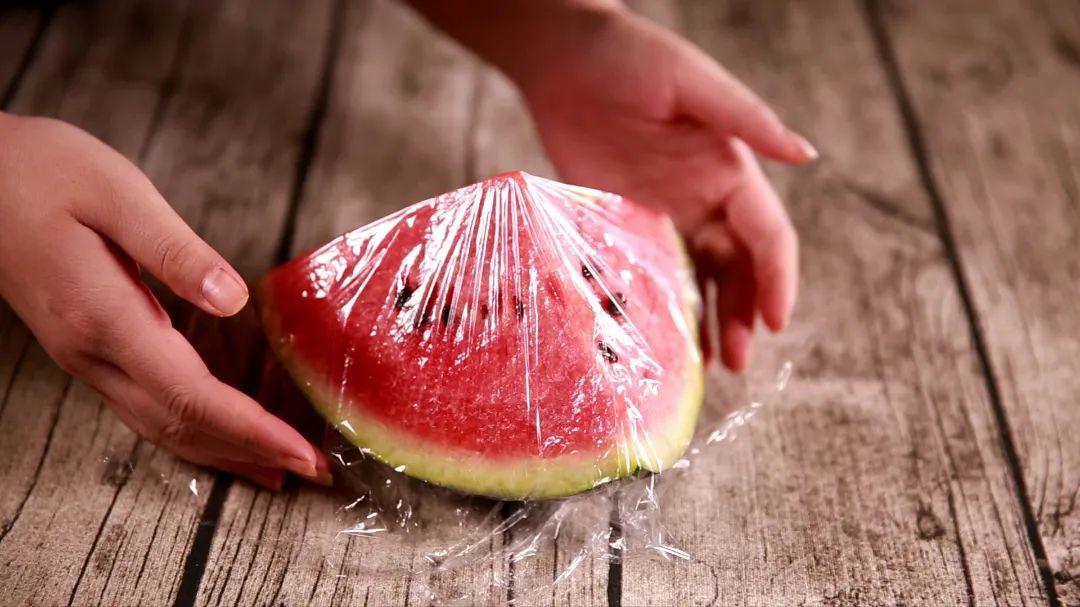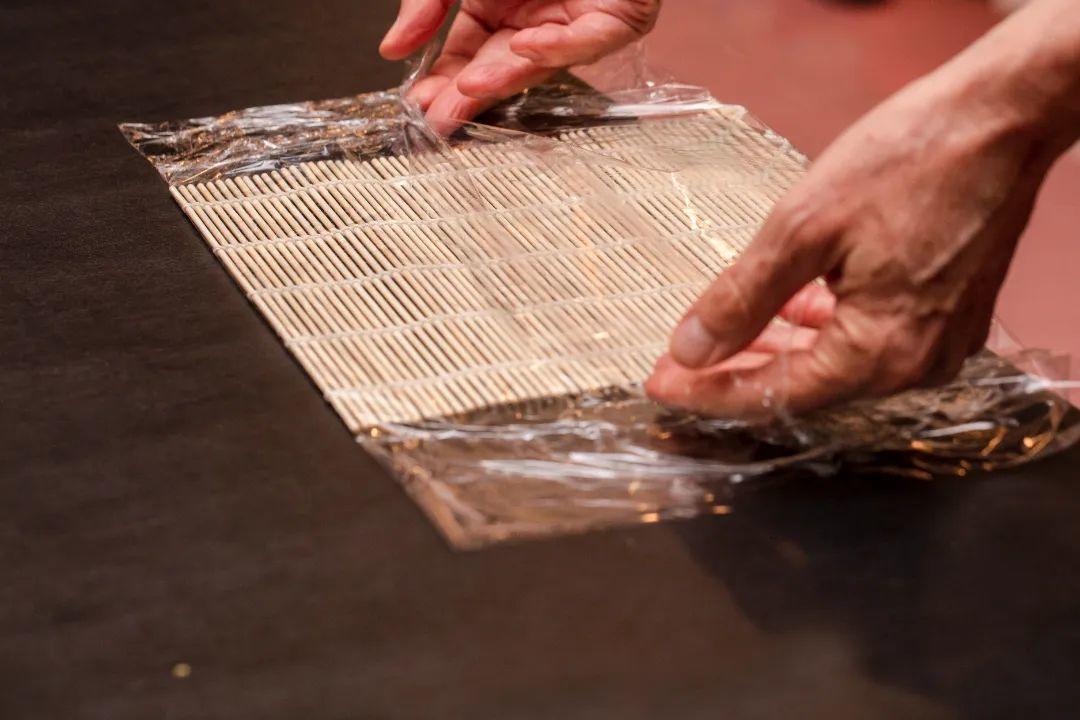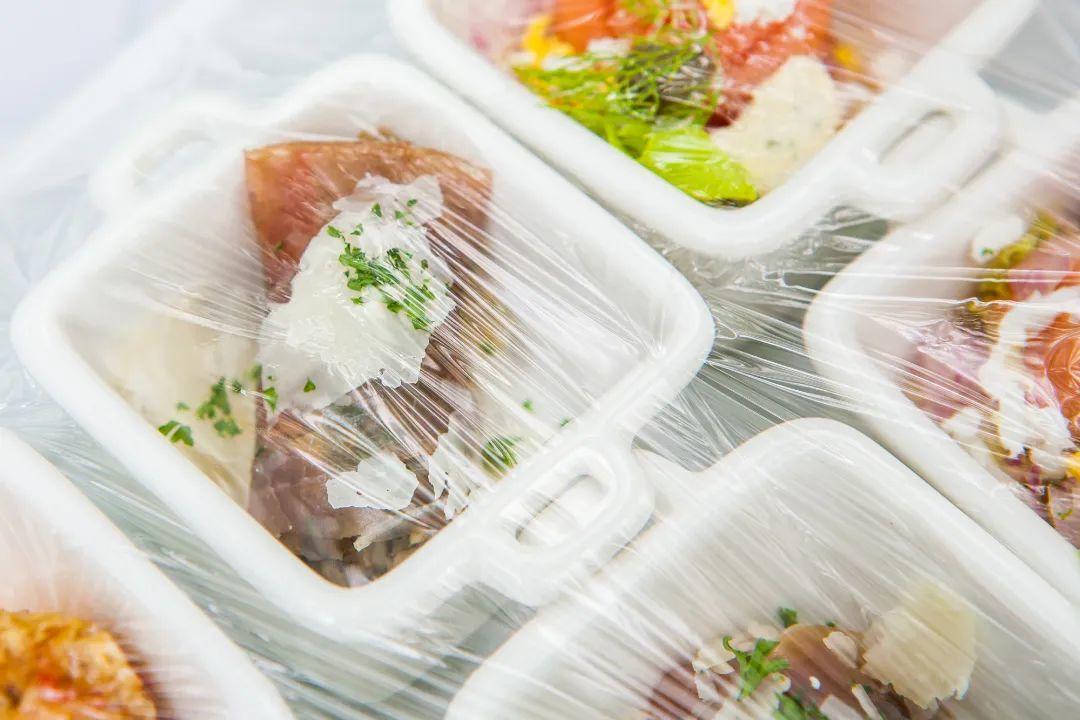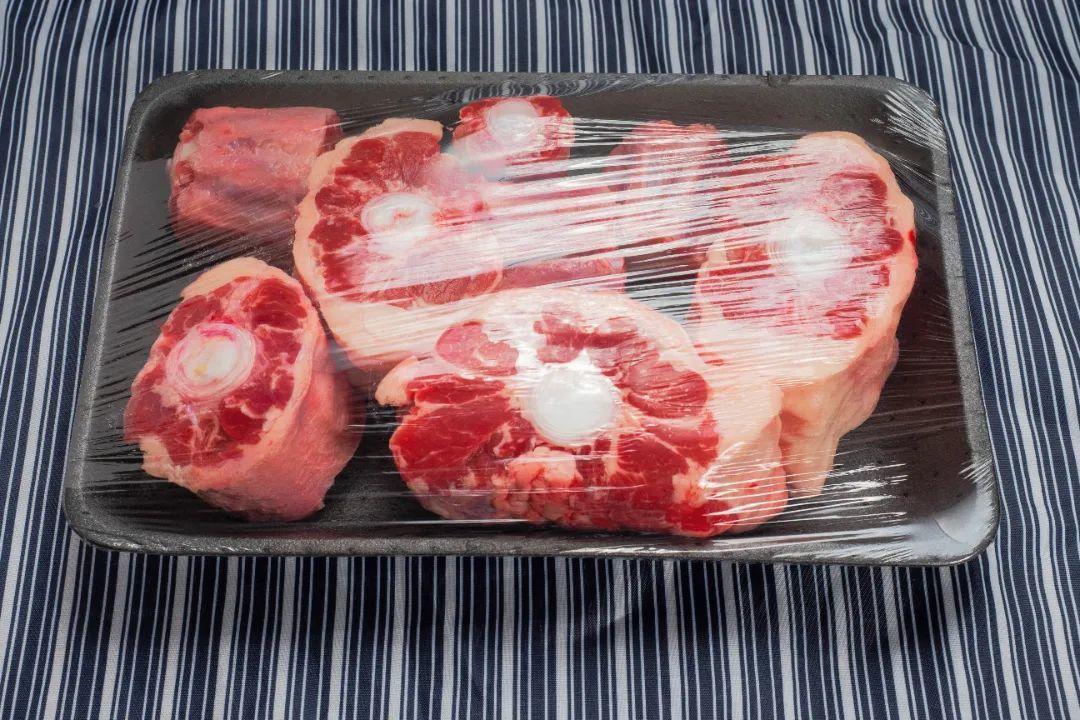Products such as plastic wrap and fresh-keeping bag can be seen everywhere. We are used to tearing off a piece of plastic wrap to seal the cut watermelon and other fruits, and opening a fresh-keeping bag to repackage dishes to prevent cross-taste.
What gives these materials the ability to "keep fresh"? What should I pay special attention to when using it?
Types of plastic wrap
Pe (polyethylene) cling film
The main component of pe cling film is polyethylene resin, which is mainly used for packaging ordinary fruits and vegetables.

Pe plastic wrap is considered as a safe packaging material, which can package foods that come into direct contact.
Pe plastic wrap has good waterproof and air permeability, and is suitable for packaging fresh vegetables and frozen foods. However, due to its good air permeability, it is not suitable for packaging foods with high oil content and easy to be spoiled by oxygen.
Pvc (polyvinyl chloride) preservative film
Pvc is a kind of polymer compound formed by addition polymerization of vinyl chloride monomer, which has the characteristics of good transparency, high viscosity and good elasticity, but these characteristics are based on its great harm to people.
The monomer vinyl chloride of pvc has anesthetic effect, teratogenicity and carcinogenicity at the same time. Long-term contact will cause harm to human nervous system, liver and embryo, and its human safety limit is 1 mg/kg body weight.
At the same time, the thermal stability of pvc preservative film is poor, and heating or microwave treatment will cause it to crack and produce toxic vinyl chloride.

In addition, in order to make pvc material into a soft and transparent preservative film, it is inevitable to add plasticizer to change its property state during manufacturing.
Some pvc cling films may contain ethylhexylamine (deha) as a plasticizer, which will destroy the endocrine system of human body, be carcinogenic, and be easily separated from the packaging materials and enter the human body with food.
Therefore, the General Administration of Quality Supervision, Inspection and Quarantine requires food preservative film manufacturers to indicate the material and scope of application on the product packaging, and it is forbidden to use deha in the production of pvc preservative film, and it is also forbidden to directly package meat, cooked food and oily food with pvc preservative film.
Pvdc (polyvinylidene chloride) cling film
Pvdc cling film is composed of polyvinylidene chloride, a small amount of plasticizer, stabilizer and other additives, which is mainly used for packaging some cooked food, ham and other products. It has the characteristics of good freshness, firmness and easy attachment, and can prevent water evaporation. It is superior to pvc preservative film in heat resistance and safety.

Pvdc cling film can be used for both refrigerator preservation and microwave heating, and its temperature range can reach -60℃~140℃.
Plastic wrap is not everything.
Plastic wrap has the advantages of preventing food from cross-flavor, reducing bacterial pollution and maintaining food nutrients.
It has certain air permeability and limits the loss of water, can adjust the oxygen content and water content around food, and at the same time block dust and bacterial pollution to a certain extent, thus prolonging the shelf life of food.
But it is not a "universal product" for food preservation.
Plasticizer will dissolve into food in water or oil above 60℃, so it is best not to keep cooked food and food containing a lot of oil with plastic wrap.
Fruits and vegetables with high moisture content are more suitable for preservation with plastic wrap, such as apples, pears and watermelons.

It is recommended to choose pe plastic wrap, especially when it is used for meat, fruit and other foods.
Pvdc plastic wrap has better moisture retention, and can provide longer fresh-keeping time compared with pe plastic wrap.
When buying plastic wrap, you should pay attention to the specific name or chemical formula on the package, and at the same time, you must choose products marked with the words "food use".
ShangguanNo. Author: Shanghai Huangpu